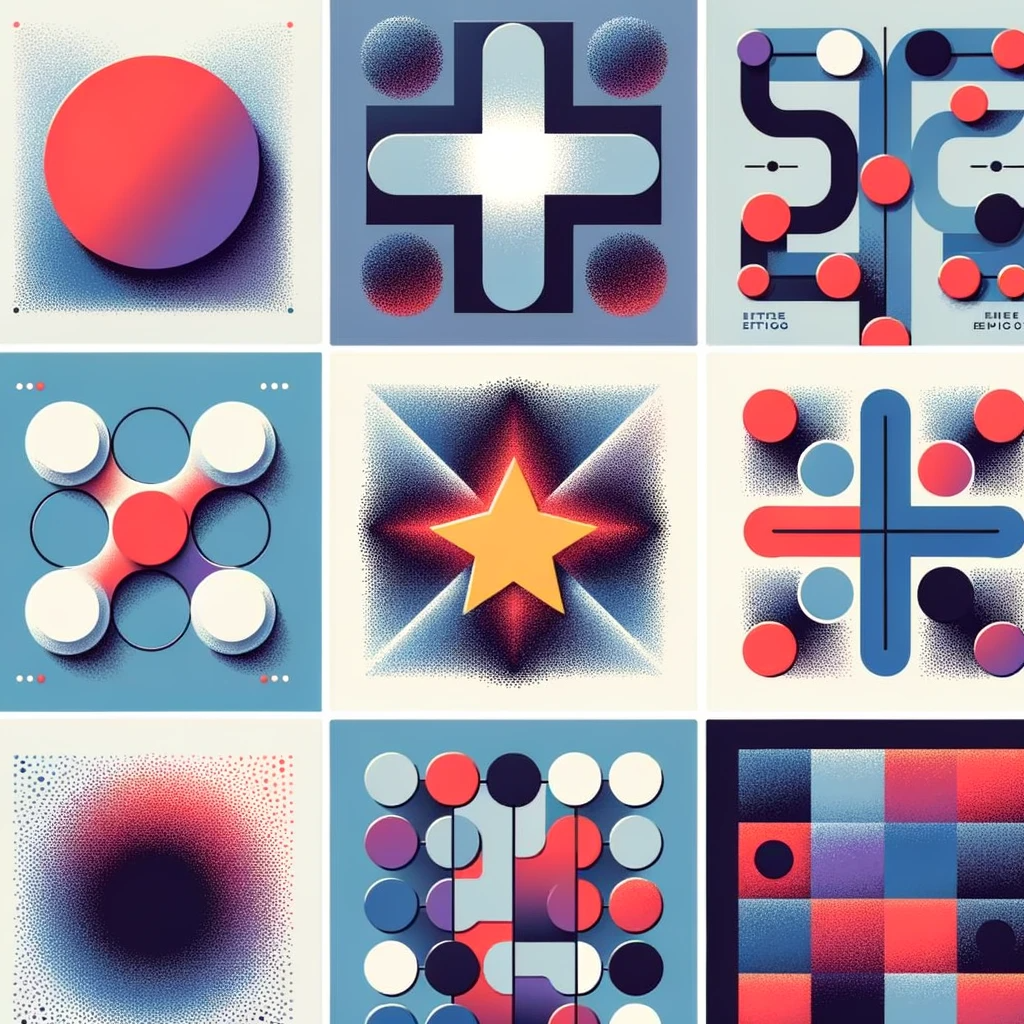Introduction
In the digital age, where a website’s user experience can make or break a business, understanding the human psyche isn’t just for psychologists anymore. Why? Because at the heart of every click, swipe, and scroll is a user whose decisions, preferences, and actions are deeply rooted in psychological processes. It’s time to incorporate these psychological principles and see how they can make your designs not just pretty, but pretty effective too.
Applying psychological principles in our daily practice goes beyond aesthetic appeal; it’s about creating an intuitive and satisfying user journey. This is crucial because a positive user experience can lead to higher engagement, increased loyalty, and ultimately, better business outcomes. In a world where users are bombarded with choices, making your digital platform psychologically appealing can be the difference between a user staying or straying.
1. The Paradox of Choice: Less is More
First off, let’s talk about Barry Schwartz’s ‘The Paradox of Choice.’ This principle suggests that while freedom of choice is great, too much choice can lead to decision paralysis. In UX design, this translates to “keep it simple”. Too many options on a website can be like a 10-page menu at a diner – overwhelming and a recipe for indigestion. Streamline choices and users will thank you for not sending them into a choice-induced existential crisis.
2. Hick’s Law: Keep It Snappy
Next, we have Hick’s Law, which states that the time it takes to make a decision increases with the number and complexity of choices. This means if your user needs to solve a Rubik’s cube to find the settings space, you’re doing it wrong. Simplify navigation and watch as your users find what they need faster than you can say “usability.”
3. Fitts’s Law: The Bigger, the Better
Moving on to Fitts’s Law: The larger and closer a target, the easier it is to hit. Hence why CTA buttons should be like the big, red, shiny “Do Not Push” button – irresistible and easy to click.
4. The Von Restorff Effect: Stand Out in the Crowd
The Von Restorff Effect, or the “isolation effect,” suggests that items that stand out are more likely to be remembered. This is your green light to make important stuff pop on your website. Think of it like wearing a bright red hat in a sea of black ones – you’re going to get noticed.
5. The Zeigarnik Effect: Leave Them Wanting More
The Zeigarnik Effect tells us that people remember uncompleted tasks better than completed ones. This is about creating a journey that keeps users coming back. It’s like a good TV show cliffhanger – “Will John find the ‘Submit’ button? Tune in next week to find out!”
6. The Serial Position Effect: First and Last Impressions Matter
The Serial Position Effect tells us that people are most likely to remember the first and last items in a series. In UX jargon, this means the information at the beginning and end of your page -or the start and finish of your navigation menu- are prime real estate.
7. The Mere-Exposure Effect: Familiarity Breeds Contentment
The Mere-Exposure Effect is all about familiarity leading to preference. This is why user interfaces that mimic commonly used formats can be more effective that groundbreaking unique designs. If your website feels like reinventing the wheel, users might just stick to their old wagon.
8. Cognitive Load Theory: Don’t Overwhelm the Brain
Lastly, there’s the Cognitive Load Theory. This gem tells us that people have a limited capacity for processing information. Overload this, and you’ll have users tapping out faster than in a mismatched wrestling bout. Keep your design intuitive and information digestible.
Conclusion
So there you have it, a quick tour through the psychology behind some effective UX design tips. A great user experience is like a good joke – if you have to explain it, it isn’t that good. Use these principles wisely, and you’ll craft digital experiences that are not just user-friendly, but user-delightful.
Remember, wielding these psychological insights is like being a mind reader – use your powers for good. Always design with the human mind at the heart of it all.
Now go forth, and may the force of good UX be with you!







